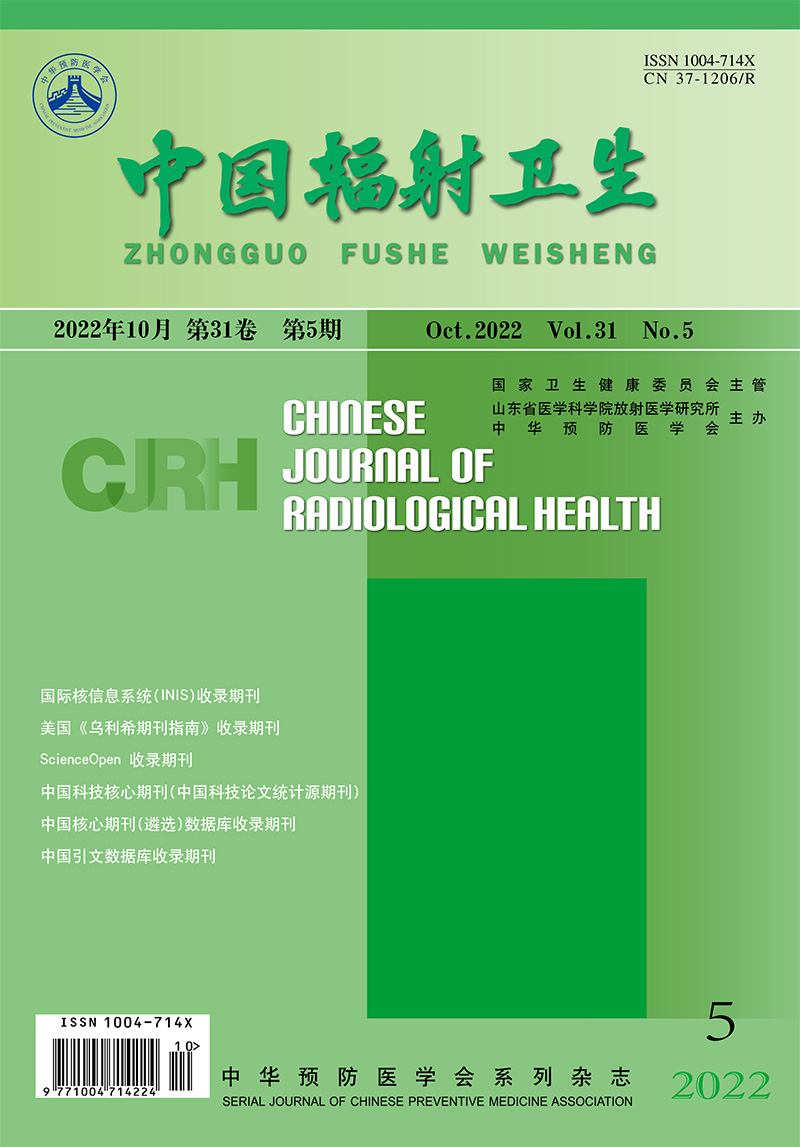Original Articles
ZHU Zhijian, ZHANG Xiaoye, ZHANG Yan, SHI Tingting, HONG Jun, HE Dongcheng, HAN Jihua
Objective To investigate the dosimetric differences between volumetric modulated arc therapy (VMAT) with a flattening filter (FF) and flattening filter-free (FFF) VMAT in fractionated stereotactic radiotherapy for brain metastases. Methods Seventeen patients with brain metastases were divided into FF-VMAT group (VMAT plans with the FF mode) and FFF-VMAT group (VMAT plans with the FFF mode). The two groups were compared in terms of target volume dose parameters (D98%, D2% and Dmean), the conformal index (CI), the gradient index (GI), the gradient, normal brain tissue dose parameters (V5Gy, V10Gy, V12Gy and Dmean), monitor units, and beam-on time. Results Compared with the FF-VMAT group, the FFF-VMAT group had significantly lower GI (3.33 ±0.37 vs 3.27 ±0.35, P = 0.001), a significantly lower gradient [(0.85 ±0.20) cm vs (0.84 ±0.19) cm, P = 0.002], a significantly shorter beam-on time [(177.05 ±62.68) s vs (142.71 ±34.59) s, P = 0.001], and significantly higher D2% [(65.69 ±2.15) Gy vs (66.99 ±2.03) Gy, P = 0.001] and Dmean [(58.77 ±1.60) Gy vs (59.95 ±1.43) Gy, P <0.001]. There were no significant differences in the CI, the D98% of the target volume, the V5Gy, V10Gy, V12Gy and Dmean of the normal brain tissue, and monitor units between FFF-VMAT and FF-VMAT. Conclusion FFF-VMAT can better protect the normal tissue around the target volume, reduce the beam-on time, and improve treatment efficiency.

